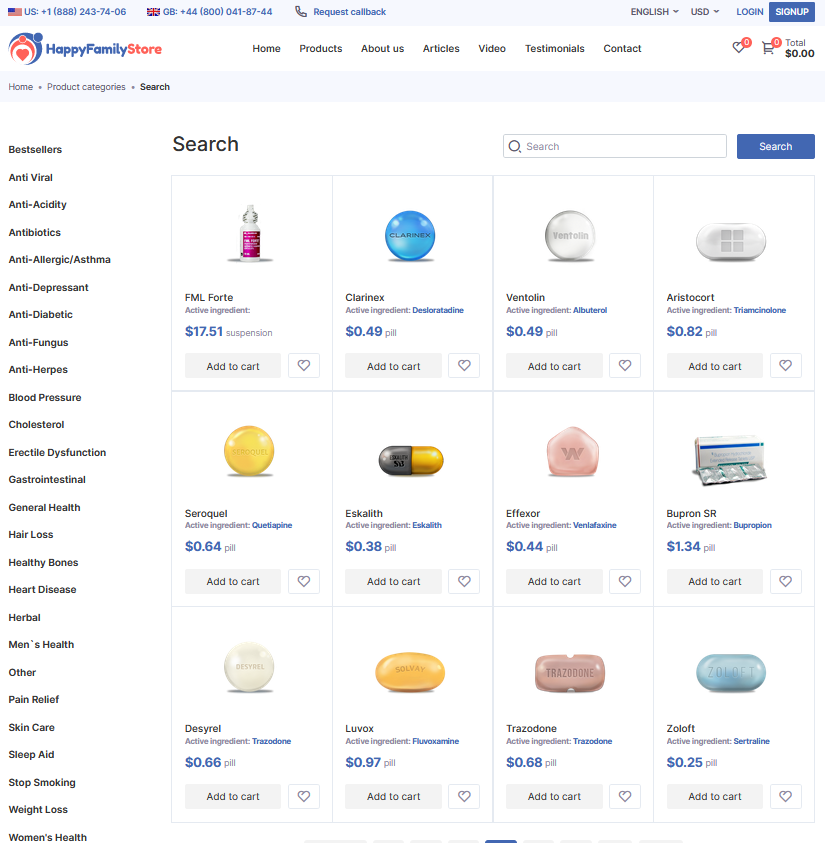 Comparing Rifadin to Other Antibiotics: Pros and Cons
Comparing Rifadin to Other Antibiotics: Pros and Cons
Rifadin 🎯
Rifadin, also known by its generic name rifampin, is a potent antibiotic commonly used in the treatment of tuberculosis and certain other infections. It belongs to a class of antibiotics known as rifamycins, which work by inhibiting the growth of bacteria in the body. Rifadin is particularly effective against Mycobacterium tuberculosis, the bacteria responsible for tuberculosis, making it a crucial medication in the management of this infectious disease. Rifadin is available in various formulations, including capsules and injectable solutions, providing healthcare providers with flexibility in prescribing the most suitable option for their patients. It is important to follow the prescribed dosage and complete the full course of treatment to ensure the best possible outcomes in combating bacterial infections. | Pros | Cons |
|----------------------|---------------------|
| Effectively treats | Risk of side |
| bacterial infections | effects like liver |
| Convenient | damage |
Effectiveness of Rifadin 💊

Rifadin is known for its remarkable effectiveness in treating a variety of bacterial infections. Patients undergoing Rifadin treatment often experience a noticeable improvement in their symptoms within a relatively short period. The antibiotic's mechanism of action targets the bacteria directly, swiftly curbing their growth and spread in the body. This targeted approach not only accelerates recovery but also minimizes the development of antibiotic resistance over time. Patients commonly report a significant reduction in infection severity and duration when using rifadin.
Side Effects and Precautions ⚠️
Rifadin may have certain potential side effects and precautions that users should be aware of. It is important to note that while this antibiotic is effective in treating certain bacterial infections, it can also lead to adverse reactions in some individuals. Common side effects include nausea, vomiting, or diarrhea, which usually subside as the body adjusts to the medication. Precautions should be taken in cases of liver disease or previous reactions to rifampin, the active ingredient in Rifadin. Additionally, it is advisable to consult a healthcare professional before starting rifadin to ensure it is the right choice for the individual's condition.
Comparing Rifadin to Other Antibiotics 💡

Rifadin's effectiveness in treating bacterial infections stands out when compared to other antibiotics. It exhibits a unique mechanism of action, making it a valuable option for specific infections. However, some antibiotics may offer broader spectrum coverage, catering to a wider range of bacterial strains. Understanding the differences in coverage and potential side effects of each antibiotic is crucial for healthcare providers in making informed treatment decisions. Factors such as resistance patterns and patient allergies must also be taken into consideration to determine the most suitable antibiotic therapy. Comparing Rifadin to other antibiotics involves weighing these factors to tailor treatment strategies effectively.
Cost-effectiveness and Availability 💰
When considering the cost-effectiveness and availability of antibiotics like Rifadin, it is essential to examine how these factors impact treatment decisions. The affordability of Rifadin in comparison to other antibiotics plays a significant role in determining its suitability for certain individuals or healthcare facilities. Additionally, the widespread availability of Rifadin in pharmacies and hospitals can affect its overall accessibility to patients in need. These aspects, along with the medication's efficacy and safety profile, should be carefully weighed when choosing the most appropriate antibiotic for a particular medical condition.
| Type of Antibiotic |
Cost |
Availability |
| Rifadin |
$$ |
High |
| Other Antibiotic A |
$ |
Medium |
| Other Antibiotic B |
$$$ |
Low |
Conclusion and Final Recommendations 🌟
Rifadin, known for its effectiveness in treating various bacterial infections, presents a reliable option within the realm of antibiotics. The medication's proven track record showcases its ability to combat infections successfully while also being relatively well-tolerated by most individuals. However, like any medication, Rifadin comes with its set of potential side effects and precautions that users should be mindful of to ensure their well-being and safety throughout the treatment process. In comparing Rifadin to other antibiotics, it's essential to weigh the pros and cons of each option carefully, considering factors such as efficacy, side effect profile, and overall cost-effectiveness. While Rifadin may be a suitable choice for many cases, there are instances where alternative antibiotics could be more appropriate based on the specific nature of the infection and individual patient factors. Consulting with a healthcare provider is crucial in determining the most suitable treatment approach tailored to the patient's unique needs. When contemplating the cost-effectiveness and availability of Rifadin compared to other antibiotics, factors such as insurance coverage, generic availability, and potential drug interactions should all be taken into account. Ultimately, the goal is to strike a balance between efficacy, safety, and accessibility to ensure optimal treatment outcomes for patients requiring antibiotic therapy. By making informed decisions guided by these considerations, healthcare providers and patients alike can navigate the realm of antibiotics more effectively and make informed choices that prioritize both health and financial considerations.
|